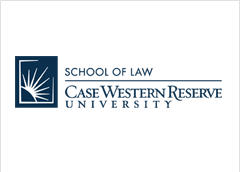Recommended Citation
Rachel Wolbers,
The Future of the Christchurch Call to Action: How to Build Multistakeholder Initiatives to Address Content Moderation Challenges,
15 Case W. Res. J.L. Tech. & Internet
106
(2024)
Available at:
https://scholarlycommons.law.case.edu/jolti/vol15/iss1/4
Abstract
This article explores the challenges the New Zealand Government faced after the events in Christchurch on 15 March 2019, where a violent gunman killed 51 people and live-streamed his attack on social media. The video was viewed millions of times in the days following, even as the tech companies took extraordinary efforts to reduce its virality. To find a long-term solution that ended the proliferation of this violent content while protecting human rights, the New Zealand Government decided to take a non-regulatory approach that worked alongside tech companies and civil society. The result was the creation of the Christchurch Call to Action, a multistakeholder initiative where governments and online platforms, working with civil society, committed to 25 goals to eliminate terrorist and violent extremist content while protecting a free, open, and secure internet. This article argues that the creation of an multistakeholder initiative was not only the right option for the New Zealand Government in the aftermath of Christchurch shooting, but that multistakeholderism is the best approach for addressing all issues related to the governance of user-generated content online. The problems related to the proliferation of harmful content online cannot be solved through government regulation, and tech companies cannot, and should not, set the rules alone. Therefore, to find a solution, governments and companies must work with like-minded actors who uphold human rights principles, and meaningfully engage with civil society, technical experts, academia, and users. These solutions should be consensus-based and build in accountability mechanisms for both governments and companies. This article argues that solutions proposed addressing terrorist content could serve as a guide for other types of user-generated content where definitions remain contentious.
